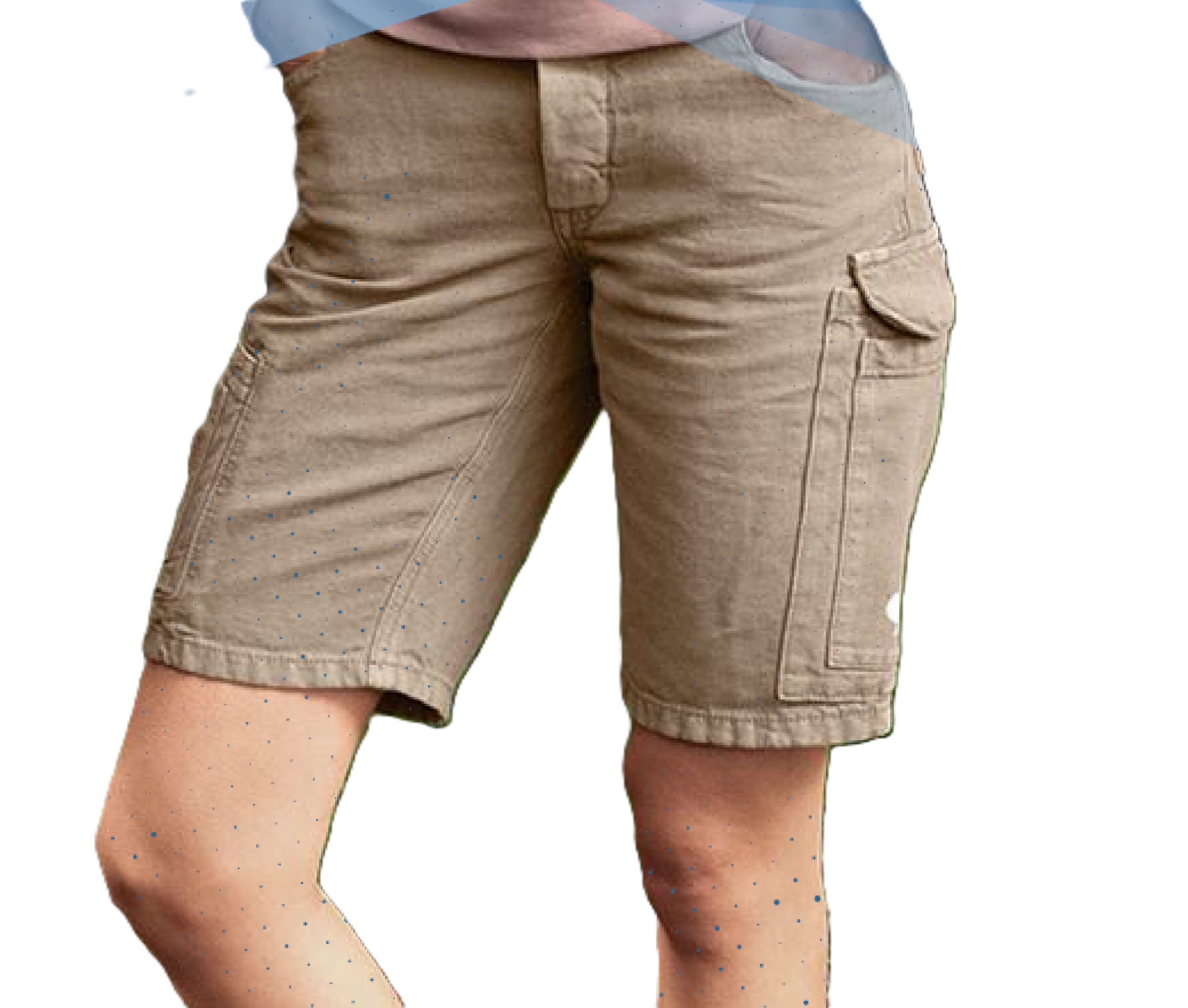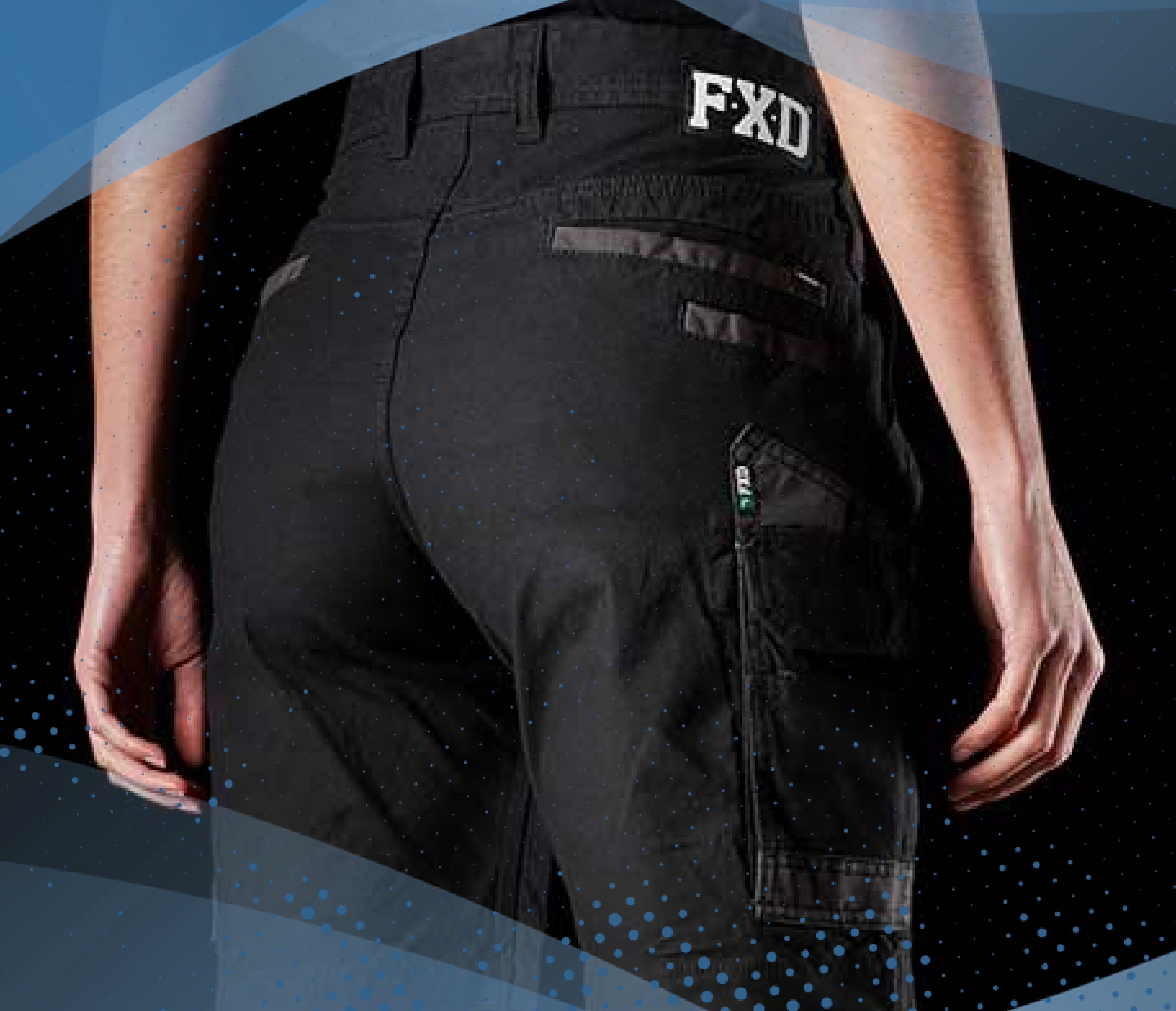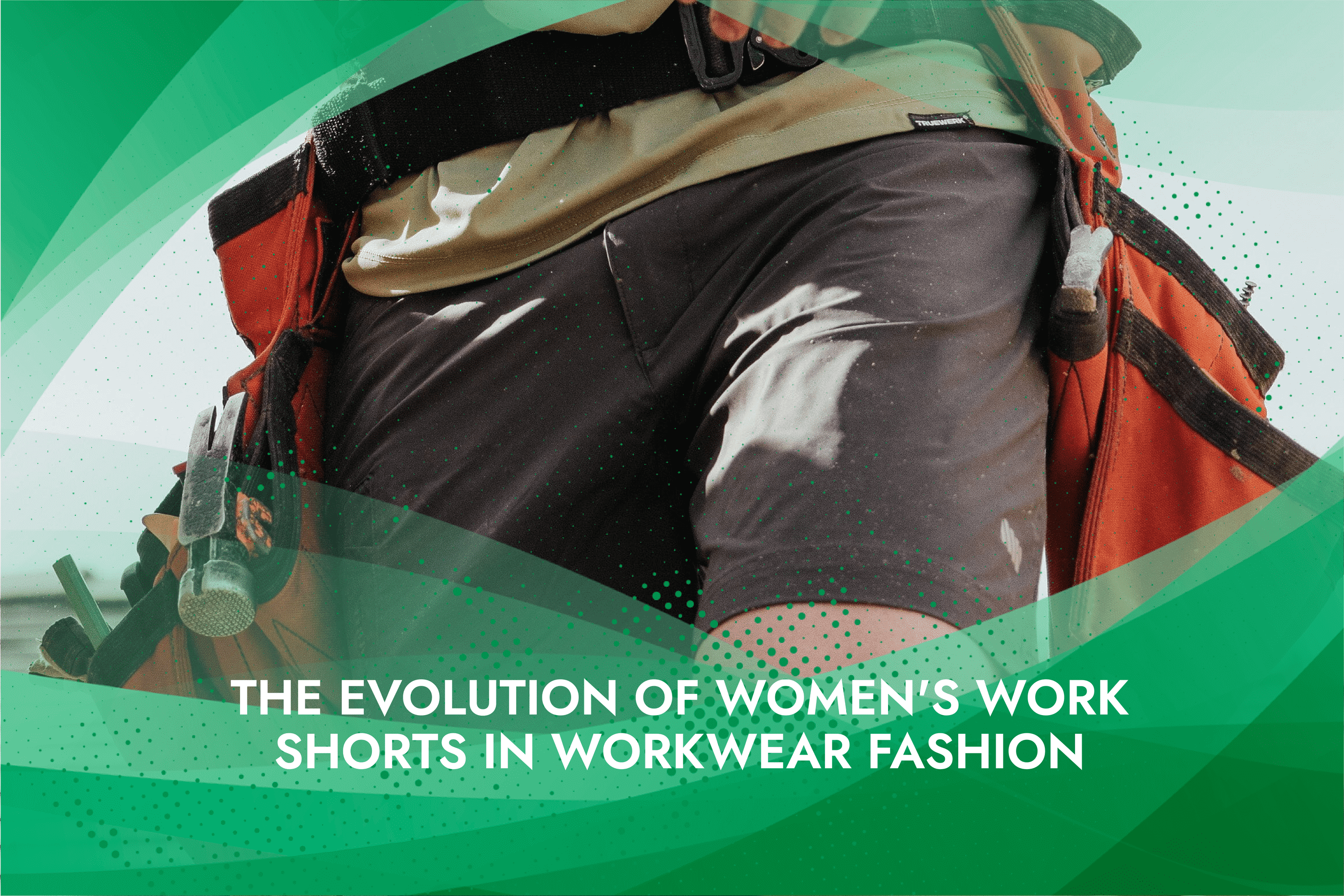Workwear has shifted through the decades, catching the times of the transformation in changing social norms, technology, and the shifting role of women in society. One of the aspects of workwear that combines both functionality and fashion is women’s work shorts. Thus, women’s work shorts will take you from these early, most restrictive garments to the latest, where functionality meets style in an empowering and innovative way down the catwalk. So Read On!
The Early Days: Function Over Fashion
As the 20th century rolled around, women began donning work clothing for domestic and agricultural needs. Work shorts, as we generally know them today, were hardly a thing. In place of women’s work shorts, frumpy indoor work around the house was initially done in long skirts or dresses, often quite impractical and limiting in nature for doing physical labour. The cultural norms at that time dictated modesty and femininity—leaving little room for functional workwear that broke the rules.
As the number of women in employment rose and replaced men in both world wars, so grew the demand for practical workwear. With factories, farms, and other physically demanding industries came a need for hard-wearing and free-moving attire. Although trousers were more appropriate, shorts were still very rare. To have a woman in shorts in a working environment was highly impertinent and taboo.
This was an era immediately post-war, where fashion and society were going to undergo momentous changes. The 1950s and 1960s were the eras of casuals, and women began their trend of wearing more valuable and comfortable clothes. The influence of sportswear on everyday fashion began in this period. Different sports like tennis and cycling started becoming fashionable; shorts were the major components of the uniform in these sports. This trend influenced everyday fashion.
However, women’s work shorts did not break into specific industries until the 1970s. The 1960s and 1970s feminist movement had a significant role in confronting traditional gender roles in the workplace and advocating women’s rights at work. With the entrance of more women to different fields, making work wear that would be not only purely functional but also speaking to their professional roles grew.

Part 2. The 1980s and 1990s: Practicality Meets Fashion
More practicality, combined with the sense of fashion, which dictates what modern women wear while working, was more evident through the 1980s and 1990s. It was at this time that industries like construction, landscaping, and outdoor recreation saw the first female developments in women’s work shorts, tailor-made for such high-demand sectors. They were made from heavy-duty materials, such as denim and sturdy cotton, with numerous pockets and double-stitched seams for added durability.
The rise of corporate casual wear in the 1990s initiated the manufacturing of more relaxed dress codes for most working environments, making work shorts very versatile in women’s wardrobes for both an office setting and fieldwork. The fashion world welcomed this with a wide selection of loose-tailored shorts through to cargo design, which permitted a woman in shorts to still look professional while in comfort and functionality.
21st Century: Innovation and Inclusivity
The 21st century has seen the design and functionality of women’s work shorts. There has been unprecedented innovation in textile technology, which has spurned on such performance features as moisture wicking, breathability, and stretch, most especially for women engaged in physically demanding jobs with comfort and durability under very challenging conditions.
It has also bred an environment where there is a stronger emphasis on inclusion and diversity within fashion. Most brands nowadays understand that there must be a great variety in size, fit, and style to meet the differences in needs of working women. From petite to plus-size, today’s work wear shorts fit and flatter different body types, so no woman is left out in the cold to find work wear that will make her feel confident and capable.
Features To Look for:
Sustainability and Ethical Fashion
Sustainability has become a priority in the fashion world, with several brands integrating such practices when producing custom design clothing. Women’s work shorts are now made using sustainable materials: organic cotton, recycled polyester, and hemp. This means a diminished impact on the environment, while it will still have the very same resilience and functionality expected from the fabrics.
Another trend that has come to be is ethical fashion, and in such companies, consumers are insisting on seeing transparency through their production. In the simple translation, basically, populations that witness ethically sourced work shorts created through fair labour and environmentally friendly fabric easily lure buyers from this segment. This shift in demand for ethical fashion refurbishes the workwear industry to produce high-quality, responsibly made work shorts that meet the current values of modern women.
Style and Versatility
Women’s work shorts today are a confluence of fashion plus utility. Office or construction work or outdoors: Today, working women’s shorts are infused with multiple functionalities and aesthetic features like work clothes embroidery. Below are the key features.
- Multi-Pocket Design: There is enough room for tools and personal items with a multi-pocket construction.
- Stretch Fabrics: A mixture of elastane or spandex makes stretch fabrics comfortable and flexible. An imperative thing is inherently active working surroundings.
- Adjustable Waistbands: Elasticated waistbands promise a comfortable and secure fit suitable for all kinds of wearers with different shapes and sizes.
- Moisture-wicking Properties: Moisture-wicking fabrics take moisture off the skin, thus keeping the wearer dry and comfortable. Hence, this is very important for hot and humid conditions.
- Reinforced Seams: The shorts have reinforced seams ensuring the durability of the shorts, suitable for heavy-duty use.
Modern work shorts are versatile and can go beyond the grounds of work areas. Most of these are highly flexible and have readily been accepted by every woman as a part of her wardrobe.

Influence of Popular Culture
Popular culture has been at the vanguard in terms of perception and acceptance in view of women’s work shorts. Iconic women in film, television, and music often find themselves captured in workwear-inspired attire, easily applicable for wear during one’s day.
Beginning with the empowering image of Rosie the Riveter during the 1940s to modern celebrities embracing practical fashion, it’s cultural markers such as these that help popularise work shorts for women and chip away at their final state of greater acceptance.
Moreover, the burgeoning trend of social media and fashion influencers has given a further boost to the popularity of workwear trends. Instagram, Pinterest, and the like are exposing the women to a number of ways to come about styling in their work shorts, and leaving them inspired to reach for a pair every day. So it is in these realms that fashion has turned increasingly democratic, creating waves of future sartorial acceptance and openness, which only ensures a place for work shorts in the closets of women.
Problems and Future Directions
The women’s work shorts sector has advanced by numerous strides; however, it has its challenges, ranging from some sectors full of gender bias and stereotypes to affecting the acceptance and visibility of female-specific workwear with Custom Screen Printing UK. The line between making workwear functional and meeting women’s diverse needs and preferences has to be finely balanced.
Some of the most critical trends for women’s workwear shorts in the near future are going to be:
- Advanced Fabric Technologies: Future development in fabric technologies, including self-cleaning and temperature-regulating fabrications, will only further add to the work shorts’ functionality.
- Customisation: Offer customisable options to adjust lengths and other interchangeable options, maybe to suit the specific job requirements and the preference of each worker.
- Sustainably Produced: Manufactured with expanded sustainable material usage, the integration of more ethical manufacturing processes, which will appeal to conscious consumers and calm many people’s environmental concerns.
- Improved Safety Features: The safety features will be enhanced, like reflective accessories and integrated knee pads, to make the work shorts more valuable for dangerous work environments.
Conclusion
The development of women’s work shorts is a mirror of the development in social beliefs and changes required or implemented in the world of fashion. It has been an incredible journey from nil to must-have in the wardrobe collection of women’s workwear fashion. This very well represents the realisation of practicality with the style that caters to the demands of the modern woman, be it in terms of functional wear, comfortable work wear, or fashionable work wear.
In the evolving landscape of workwear, so, too, will be women’s work shorts—streamed into action by the stimuli of inclusivity, sustainability, and functionality. From this essential garment, exciting possibilities await in the future to stay vital for women at work for years to come.


